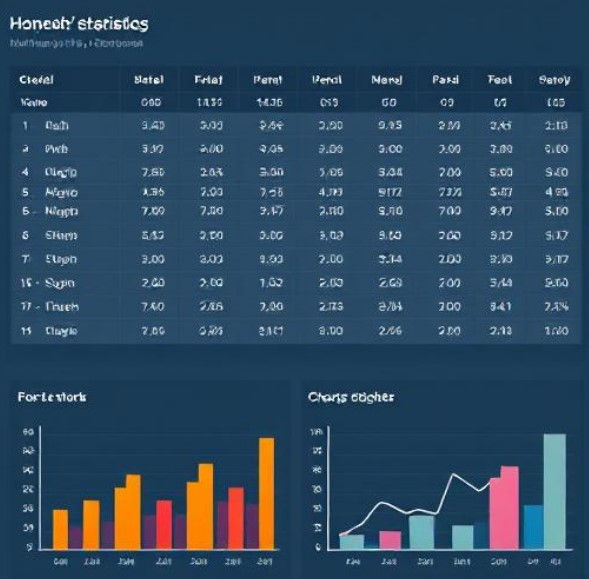A CAT tool grid refers to the pricing structure or analysis framework used in Computer-Assisted Translation (CAT) tools to calculate translation costs based on the degree of matches found in a Translation Memory (TM). It organizes content into categories such as exact matches, fuzzy matches, and new words, each with associated pricing and effort.
Breakdown of a Typical CAT Tool Grid
Match Categories
Repetitions: Text that repeats within the same document. These often require minimal work and are billed at a reduced rate.
100% Matches: Text that perfectly matches an entry in the TM. Little or no translation effort is needed, so these are charged at a very low rate (or sometimes free).
Fuzzy Matches: Partial matches where the text in the TM is similar but not identical. These are graded by match percentages:95–99% Matches: Very close match, minor adjustments needed.
85–94% Matches: Some editing required.
75–84% Matches: Substantial editing required.
Below 75% Matches: Treated as new translation.
New Words: Text that has no match in the TM, requiring full translation effort and charged at the full rate.
Grid Example
Benefits of the CAT Tool Grid
Cost Transparency: Helps clients and translators understand how costs are calculated.
Efficiency: Encourages reuse of previous translations to reduce costs and turnaround times.
Productivity Measurement: Translators can focus on new or low-match content while leveraging TM for repeated or highly matched segments.
How It’s Used
Pre-Translation Analysis: CAT tools (e.g., Trados, MemoQ, Wordfast) analyze the source text against the TM and generate a report showing word counts per match type.
Cost Estimation: Based on the report, costs and timelines are calculated according to the predefined rates for each category.
By using a CAT tool grid, translation workflows become more predictable, efficient, and cost-effective.

Tags:
No responses yet